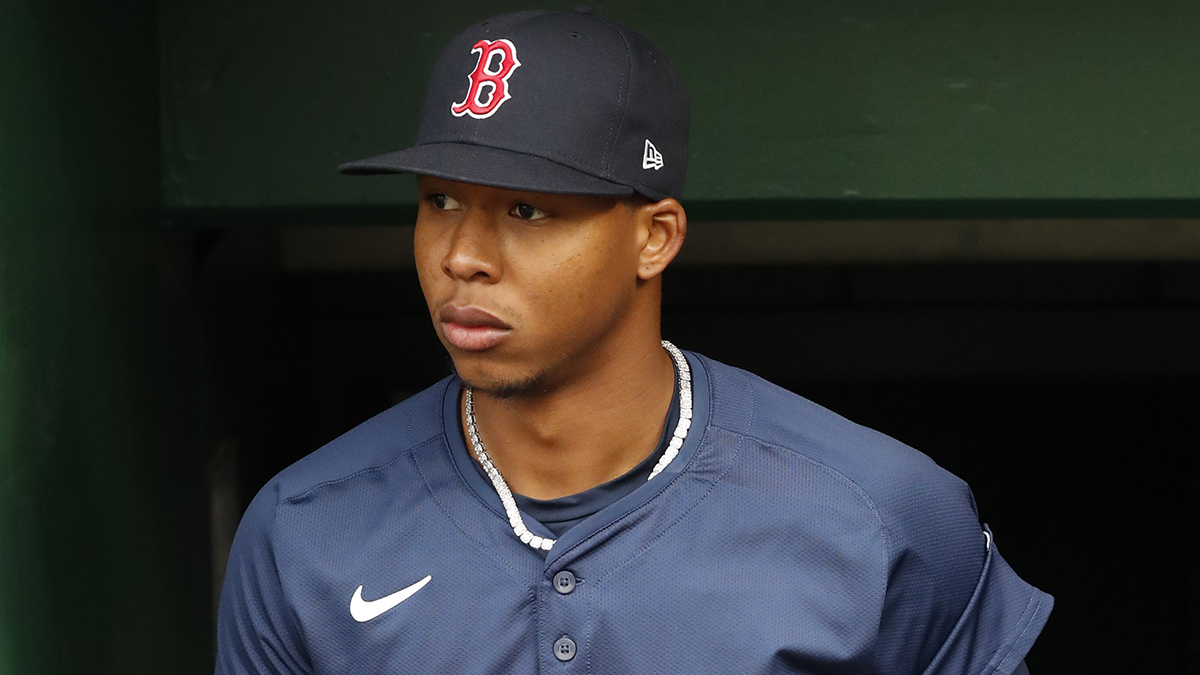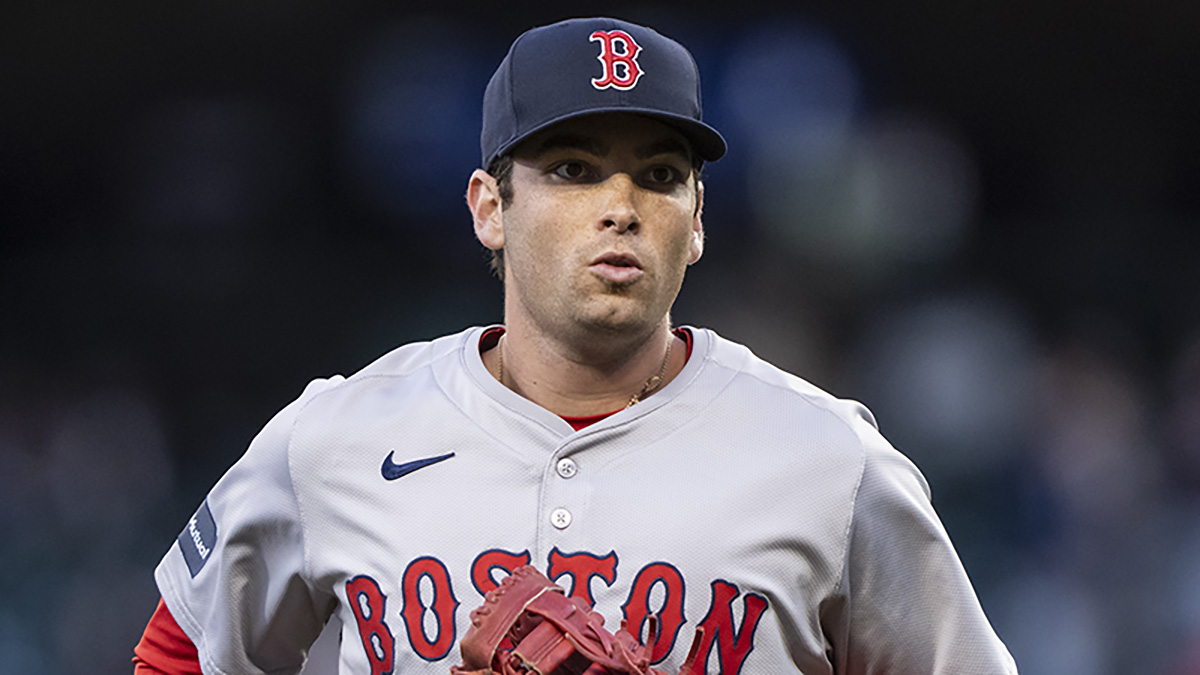In 2014, Tigers ace Justin Verlander underwent abdominal surgery to address a lingering core muscle issue. He returned in time for Opening Day, but posted the second-worst ERA of his career. Shoulder and triceps injuries took a bite out of his production, limiting him to 20 starts in 2015. Many wondered if he could transition from power pitcher to whatever came next without entering a permanent decline.
By that same season, a two-time Cy Young Award winner just four months younger than Verlander already had his answer, and it was a resounding no. Tim Lincecum burned bright, burned fast, and then burned out. After winning consecutive Cy Young Awards with the Giants despite a violent delivery considered a ticking time bomb, Lincecum's fall came swiftly. At age 28 in 2012, he led the NL in losses. By 2016, his career was effectively over after he posted a 9.00 ERA with the Angels.
Just days after Verlander's third career no-hitter put him in elite, Hall of Fame company, why are we comparing him to a contemporary who hasn't thrown a pitch in three years?
Because Verlander and Lincecum, respectively, feel like Chris Sale's best- and worst-case scenarios.
With Verlander favored finally to win his second Cy Young Award at age 36 after three second-place finishes, there's no question that 2014-15 represents a blip in his career and not a major point of inflection.
We can only hope we're saying the same about Sale at this time next season, though there are reasons to worry.
Boston Red Sox
Since returning to full strength in 2016, Verlander is 64-31 with a 2.88 ERA in 130 starts. The 6-foot-5, 225-pounder is your classic right-handed horse. He's on pace to make at least 30 starts for the 13th time in his 14 full seasons, and at 17-5 with a 2.56 ERA and 257 strikeouts, he'll win his second pitching Triple Crown if he can catch teammate Gerrit Cole in K's (266). He may not be as historically dominant as Sale, but he has proven more durable.
It also turns out that reports of Verlander's power-pitching demise were greatly exaggerated, because he's still throwing gas. Three of his five hardest fastballs came in the final at-bat of Sunday's no-hitter, when he was still throwing 97 mph at pitch No. 120.
From a velocity standpoint, Sale experienced a clear drop in 2019, averaging 93.8 mph on his fastball, down from 95.6 last year. He was all over the place, though, barely breaking 92 in April, and then maxing out at 98 in June, July, and August, per Brooks Baseball.
A case can be made that Sale pitched a lot better than his 6-11, 4.40 numbers suggest. He still averaged over 13 strikeouts per nine innings, and his career-worst home run rate of 1.5 per nine innings could simply be the product of some fluky fly balls that didn't stay in the park. A 3.40 FIP suggests he may have outpitched his defense, too.
But chalking up Sale's 2019 to bad luck also means willfully ignoring some red flags. His average exit velocity jumped more than three mph to 88.1, and his hard-hit percentage soared from an elite 26.8 percent to a more pedestrian 36.3 percent, which is basically the same as teammate Rick Porcello (36.4). Despite all the strikeouts, Sale struggled to find put-away pitches in key at-bats, especially with runners on base. The old Sale could blow away hitters with his fastball or slider. The 2019 Sale didn't consistently command the former or shape the latter. It was never clear on any given day which one he'd have or if it would be both.
That brings us to Lincecum. If Verlander represents the physical ideal of a No. 1 starter, Sale and Lincecum are two extremes. The former stands only an inch taller than Verlander, but it feels more like a foot because he's so wiry. He's lucky to pack even 180 pounds onto that 6-foot-6 frame.
Lincecum hails from the Tom Gordon/Marcus Stroman school of big things in little packages. Generously listed at 5-11, 170, he generated power with a delivery that no one would teach, rocking back like Sidd Finch, tilting his head towards first base, and then firing to the plate with one of the longest strides in the game.
He fell to 10th in the 2006 draft despite overwhelming numbers at the University of Washington because his delivery scared teams that he wouldn't hold up over the long haul. He proved them wrong for five brilliant seasons, winning Cy Young Awards in 2008 and 2009 and a World Series in 2010. He contributed to two more World Series in relief (2012, 2014) before undergoing hip surgery in 2015 that officially robbed him of the fastball that had once hit 99 mph. He did not crack 92 mph in his final two seasons.
It's hard to imagine Sale experiencing a similarly precipitous drop, except scouts have used Lincecum-like language — "unorthodox," "awkward," "high stress" — to describe Sale's delivery for years. He pitches with the dreaded "inverted W," which is often a harbinger of Tommy John surgery, though that finding has been disputed.
What's indisputable is that injuries have curtailed each of Sale's last two seasons, be it the shoulder that basically limited him to one effective start after July 27 last year, or the elbow that shut him down last month and forced a visit to Dr. James Andrews.
While manager Alex Cora noted that Sale has been playing catch, he is still scheduled to be re-evaluated at the end of the month. If he needs elbow surgery, he will not only miss next season, he'll take one giant stride closer to the Lincecum end of the spectrum than the Verlander one.
It turns out only one of those pitchers was built to last. With a five-year, $145 million extension kicking in next season, the Red Sox can only hope that Sale is, too.
MLB Power Rankings with a month to go>>>>>
Click here to download the new MyTeams App by NBC Sports! Receive comprehensive coverage of your teams and stream the Celtics easily on your device.


